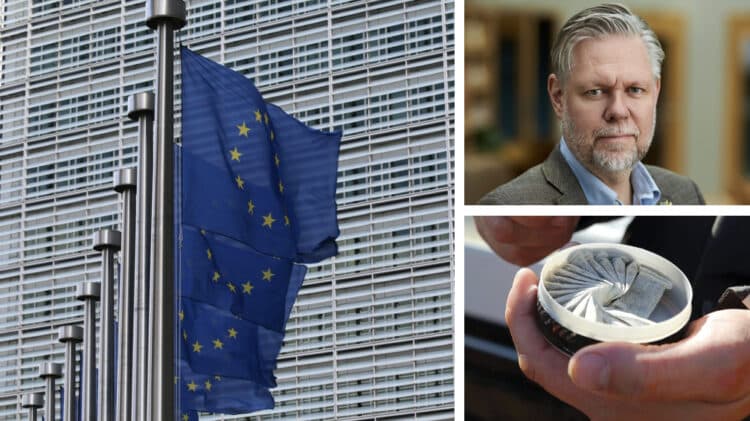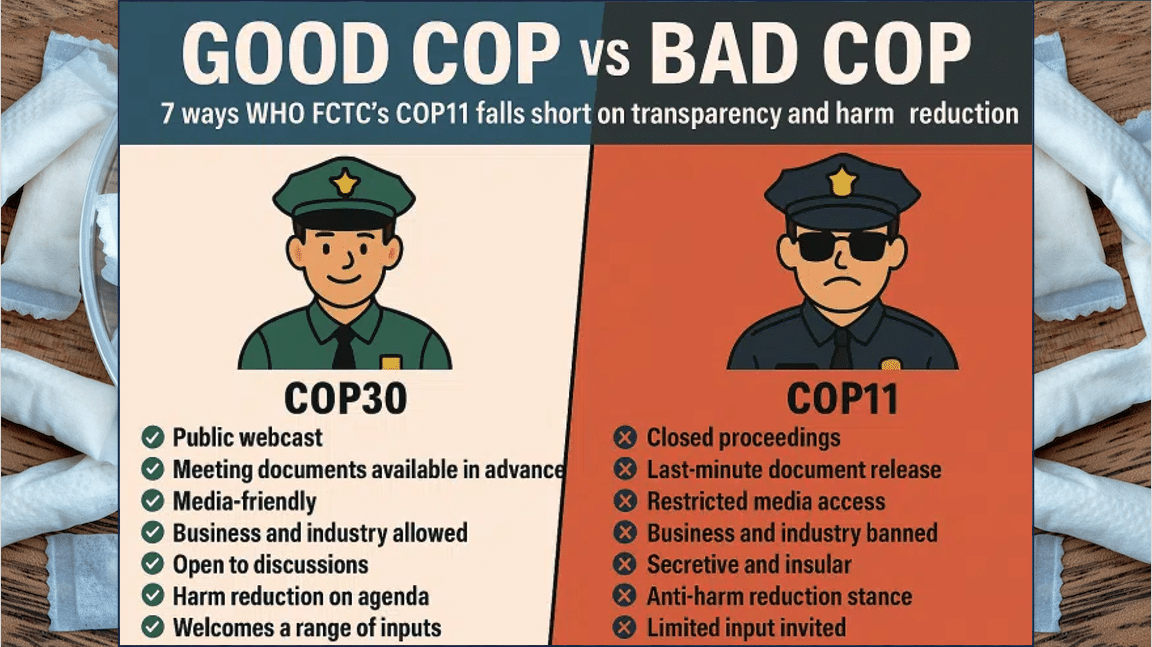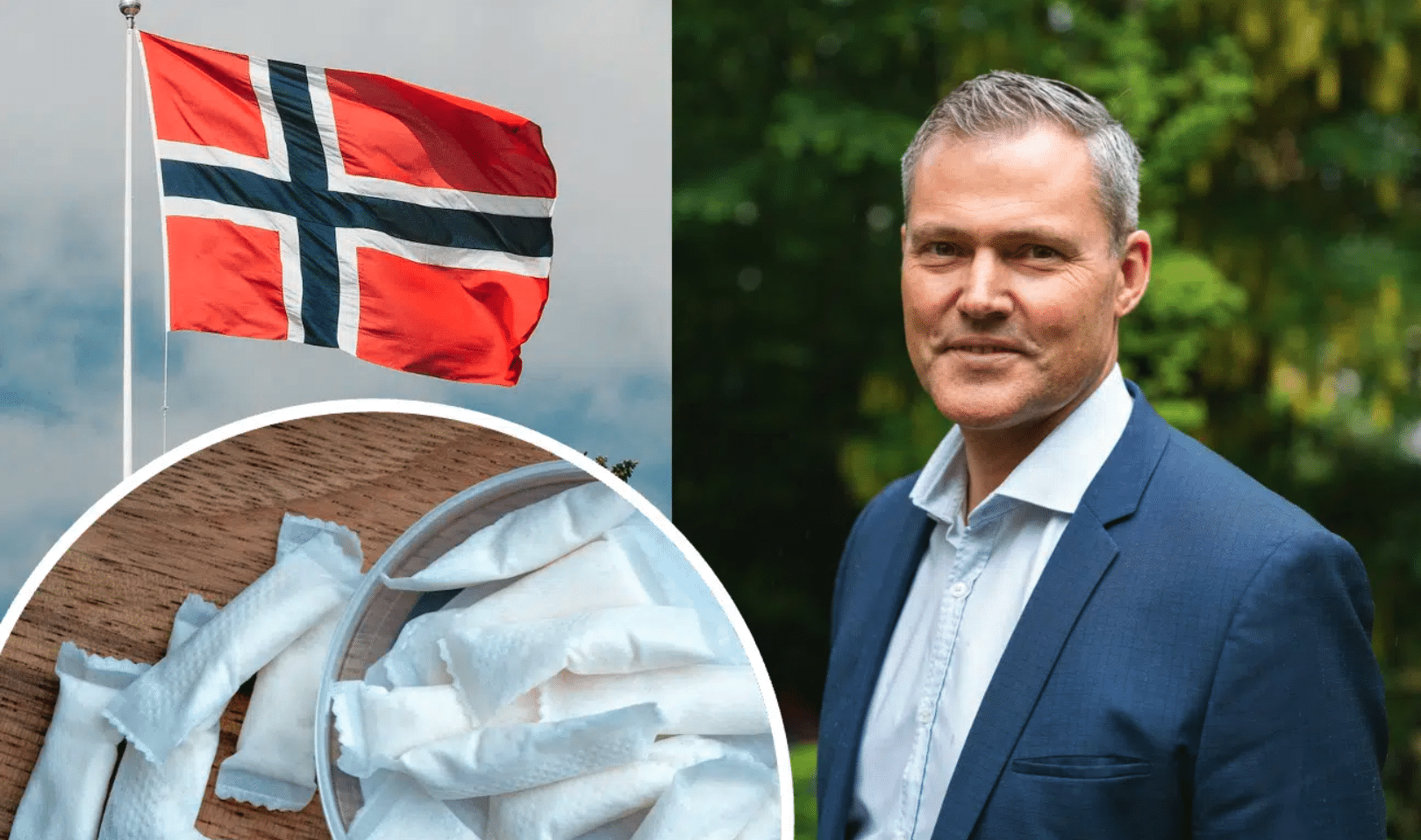
Snus and the EU: The debate since 1995
From just another tobacco product to a public health phenomenon, how has a small pouch managed to keep tongues wagging across the EU for nearly 30 years? Patrik Strömer, Secretary General of the Association of Swedish Snus Manufacturers, looks back at the twists and turns that have fuelled the ongoing EU snus debate since 1995.
How was snus viewed within the EU in the 1990s?
In the 1990s, the European perspective on snus was largely sceptical. Snus was banned in May 1992, and there were few protests at the time. Back then, snus was simply seen as another tobacco product, with no consideration of its potential to replace cigarettes and help reduce smoking rates.
How did snus affect negotiations ahead of Sweden’s EU membership in 1995?
For Sweden, it quickly became clear that membership would be a no-go if snus were to be banned. Bumper stickers declaring “EU? Not without my snus” were common, and opposition to what was perceived as EU overreach existed even before membership. The outcome was Article 151 in the Accession Treaty, which provides exemptions for Sweden and Norway. Norway later voted (once again) against EU membership but still benefits from the same exemption as Sweden. You can read more in the Snus Commission’s report Snus saves lives.
What are some of the most memorable moments of the EU’s snus debate?
One notable episode is the resignation of Maltese EU Commissioner John Dalli after his representative was accused of soliciting a bribe. In a fair and reasonable world, the snus ban would have been lifted without the need for a high-ranking official to demand 50 million euros.
Perhaps most bizarrely, Tobaksfakta, an organisation funded by the Swedish government, invited Dalli to speak at the Almedalen political meet-up despite his dismissal over corruption allegations. It’s worth noting he was sacked over corruption allegations, not because Swedish Match wanted to present its view on the new Tobacco Products Directive.
What was the “Tippex scandal”?
In 2004, a scientific report submitted to the European Commission examined the link between oral tobacco and cancer, concluding that products used in India, Sudan, and Uzbekistan indeed posed a risk due to high levels of potentially harmful substances. However, this did not apply to Swedish snus, which is produced in line with food safety regulations and has limits for harmful substances, like any other food product.
The scandal unfolded when information on Swedish snus was simply removed to hide the truth. Swedish tabloid Aftonbladet later broke the story, but no one has yet taken responsibility for the misinformation provided to the European Commission.
Has Sweden’s EU membership helped improve understanding of snus and nicotine pouches?
Unfortunately, not much – at least at the political level. However, more former smokers recognize that Sweden’s health statistics stand out compared to other member states. Among international experts, it’s clear that snus—and more recently, nicotine pouches—have contributed to lower smoking rates. But while cigarettes are available in every EU country, few politicians seem to see the value in studying the country with the lowest smoking rates in the EU.
Has Sweden done enough to build bridges regarding snus?
No, unfortunately not. The Swedish government should be bragging a lot more about our success. And delegates attending international WHO conferences often fail to explain why Swedish men smoked more than Swedish women in 1980, while 20 years later, those numbers were reversed—despite identical rules, taxes, warnings, and smoking bans for both genders during that period. The only difference? Snus was used predominantly by men.
Many EU countries struggle to regulate snus and nicotine pouches. What’s the way forward?
The simplest solution is harmonization at the EU level – essentially adopting Swedish legislation and tax levels. Anything else provides unfair advantages for cigarettes, which surely can’t be policymakers’ intention.
How would you like to see the EU approach snus in the future?
I’d like to see more countries follow Sweden’s example and achieve similar results. There are many excuses, weak arguments, and odd objections. But anyone who values real results can’t ignore the evidence. And it’s obvious that if smoke-free nicotine products are available to adult consumers, smoking rates go down. Sweden proves this, and there’s no reason to believe other countries would see different outcomes, even if they lack Sweden’s centuries-old snus tradition.




